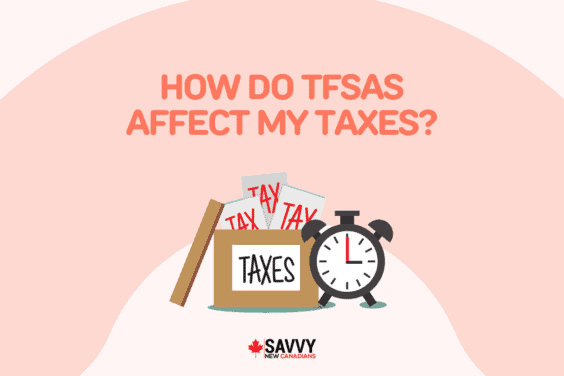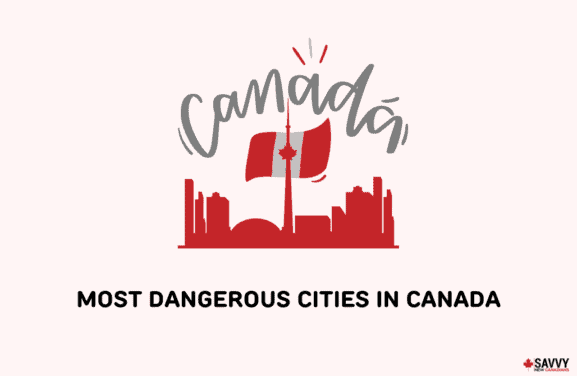Employment Insurance (EI) is a government program that provides temporary income support to unemployed workers looking for work and those who take time off work due to life events.
The EI program is administered by Service Canada, a part of Employment and Social Development Canada (ESDC).
Employed Canadians pay into this each paycheck and become qualified to receive the benefit once they reach a minimum of 420 insurable hours.
Can you work while on EI?
As an EI recipient, you can work part-time while getting partial EI benefits. You can still receive temporary income support but at a reduced amount due to your part-time employment.
Key Takeaways
- Employee Insurance (EI) provides temporary income support to workers who lost their jobs through no fault of their own, such as layoffs.
- Through Working While on Claim, you can keep earnings from a part-time job, plus you get 50 cents of your EI benefits for every dollar you earn.
- While you can get a part-time job and receive EI payments, working full-time (40 hours or more weekly) disqualifies you from receiving EI benefits.
- You start receiving EI benefits from 14 weeks up to a maximum of 45 weeks.
- Continue receiving EI benefits on time by submitting a completed Employment Insurance report every two weeks.
Can You Work While on EI?
Working while receiving EI benefits is permitted, but you must report your work hours and total earnings (before taxes) every two weeks to receive your full benefits.
You will still be eligible to earn benefits if you work while on EI, provided your earnings fall within the allotted income threshold.
For each dollar you earn, you can keep fifty cents of your EI benefits. This can be up to 90% of your previous weekly income.
But if you earn money above the 90% cap, the EI office will deduct it dollar for dollar from your EI benefits.
If there is one thing to avoid, it is working full-time because it results in the discontinuation of your benefits.
If you work a full week or full-time hours, you will not be eligible to receive any EI payments, regardless of your income amount.
Nevertheless, the total number of weeks payable on your claim will not be reduced.
How Many Hours Can You Work While on Employment Insurance?
If you are on employment insurance and want to work, consider getting a part-time job to avoid losing your EI benefits.
With Working While on Claim, you can keep 50 cents of your EI benefits for every dollar you make. If you work a full week, you will become ineligible to receive the benefits.
Full-time employment in Canada is at least 40 hours per week. As long as your work hours do not go beyond 40 every week, your benefits will continue.
Prove your eligibility and continue getting your EI payments by submitting an EI report promptly every two weeks.
Can I Work Part-Time While on EI?
You can work part-time while on EI. Having a part-time job helps with your expenses while allowing you to continue receiving EI payments.
As mentioned, if you choose to work, you can retain 50 cents of your EI benefits for every dollar you earn, up to 90% of your weekly insurable earnings.
If you exceed 90%, it will be deducted from your EI benefits.
To reiterate, when you work and receive EI payments simultaneously, you are under obligation to report your earnings every two weeks. You should also submit your work hours every two weeks to prove your eligibility.
Should You Work While Receiving EI?
For most people, currently unemployed or looking for a job, EI benefits are excellent short-term solutions to make ends meet.
Thus, working while getting EI benefits is acceptable, provided you meet the requirements. You only need to report your earnings and hours worked to the EI office.
Once your EI application is processed and approved, you will receive a basic rate of 55% of your average insurable weekly income.
The latest maximum yearly insurable income is $61,500 or $650 per week. You can use an online EI calculator to determine how much EI benefit you can receive for the year.
Continuously receiving EI payments likewise entails actively looking for work and reporting updates about your job-search activities in your bi-weekly reports.
For Canadians who lost their jobs due to layoffs or are too sick to work, being able to receive EI benefits and working part-time simultaneously helps them tide things over.
Although the government allows EI recipients to work while getting monthly payments, some rules regulate how much you can earn and how long you can make EI claims.
Having EI benefits is advantageous for people who are in the process of finding permanent employment. It is also beneficial as support if you can only handle a part-time job.
EI Eligibility In Canada
Several requirements are necessary before you are considered for EI eligibility in Canada and before you can receive employment insurance benefits.
You may be qualified to receive employment insurance benefits if you:
- Lost your job through no fault of your own, such as layoffs or seasonal work.
- Have been unemployed for at least seven consecutive days.
- Are actively searching for work and capable of working each day.
- Are unable to work due to medical reasons.
- Earned at least 420 hours of insurable employment.
When you lose your job or if you have stopped working through no fault of yours, file an EI claim immediately. You may lose benefits if you file more than four weeks after your last workday.
Conversely, you may not be qualified for the EI benefits. Some of the reasons your application may be denied include the following:
- You left your job of your own volition without reasonable cause.
- Your dismissal is due to misconduct.
- Your unemployment is due to participation in a labour dispute.
How to Apply For Employment Insurance in Canada
To determine eligibility for EI benefits, submit an online application, a process which takes about an hour to complete.
The steps to apply for Employment Insurance in Canada are as follows:
1. Prepare the following information:
- Social Insurance Number (SIN)
- Mailing and residential addresses
- Complete banking information
- Employment and employer details
- A detailed account of why you stopped working
- The dates and earnings of your highest-paid weeks of insurable earnings
2. Sign up for a direct deposit to automatically send your payment into your bank account.
3. Provide supporting information or your records of employment (ROEs). For ROEs in paper format, send them off or mail them in person at any Service Canada Centre. Missing ROEs can cause delays in the processing of claims.
4. If you apply online, you will need to provide your email address.
5. Once your application is processed, wait for a benefit statement with a four-digit access code.
You can use the code and SIN to follow up on your application. You can also use it to complete your Employment Insurance bi-weekly reports, which recipients must submit promptly to avoid delays in receiving their benefits.
How Many Weeks of EI Are You Entitled To?
Once your application is approved, you will start receiving your EI benefits from 14 weeks up to a maximum of 45 weeks. This may vary by region, owing to the different unemployment rates.
You must apply for EI benefits as soon as you lose your job. If you lack some documents, you still must submit your application promptly to prevent delays.
Applicants can submit outstanding documents even after their application has been passed. You will receive your benefit statement in the mail shortly after your application.
Filling out the EI Bi-weekly Reports
EI recipients are required to complete an Employment Insurance report, a bi-weekly report that details the following:
- The dates and hours worked and earnings (before deductions) in the week you worked
- Contact information of employers
- Hours spent in a training course or at school and any training allowance received
- Indication of availability for work or reasons for inability to find work
The EI report must be submitted every two weeks online through the Internet Reporting Service or by phone through the Telephone Reporting Service to prove EI eligibility and to continue receiving benefits. Failure to submit the report results in loss of benefits.
FAQs
You need 420 hours of insurable employment to get full EI benefits. The standard entrance requirement is typically 420 to 700 hours, depending on the regional unemployment rate where you reside.
The amount you receive is based on your yearly income. To calculate your EI benefits, take your average insurable weekly earnings and divide them by 55%. As of January 2023, the maximum is $61,500 per year, which equates to $650 per week.
Work for no more than 40 hours per week (part-time). If you work full-time, it will result in your EI benefits getting halted. To ensure that you keep receiving the benefits, submit a report about your part-time job using the EI bi-weekly report.
Yes. Working 20 hours a week entitles you to receive EI benefits. As long as your work hours fall within the allocated earnings threshold, you can continue claiming your benefits.
The required number of insurable hours in Ontario is 700. It is equivalent to about 24 weeks of work, at 30 hours per week.
Related:



